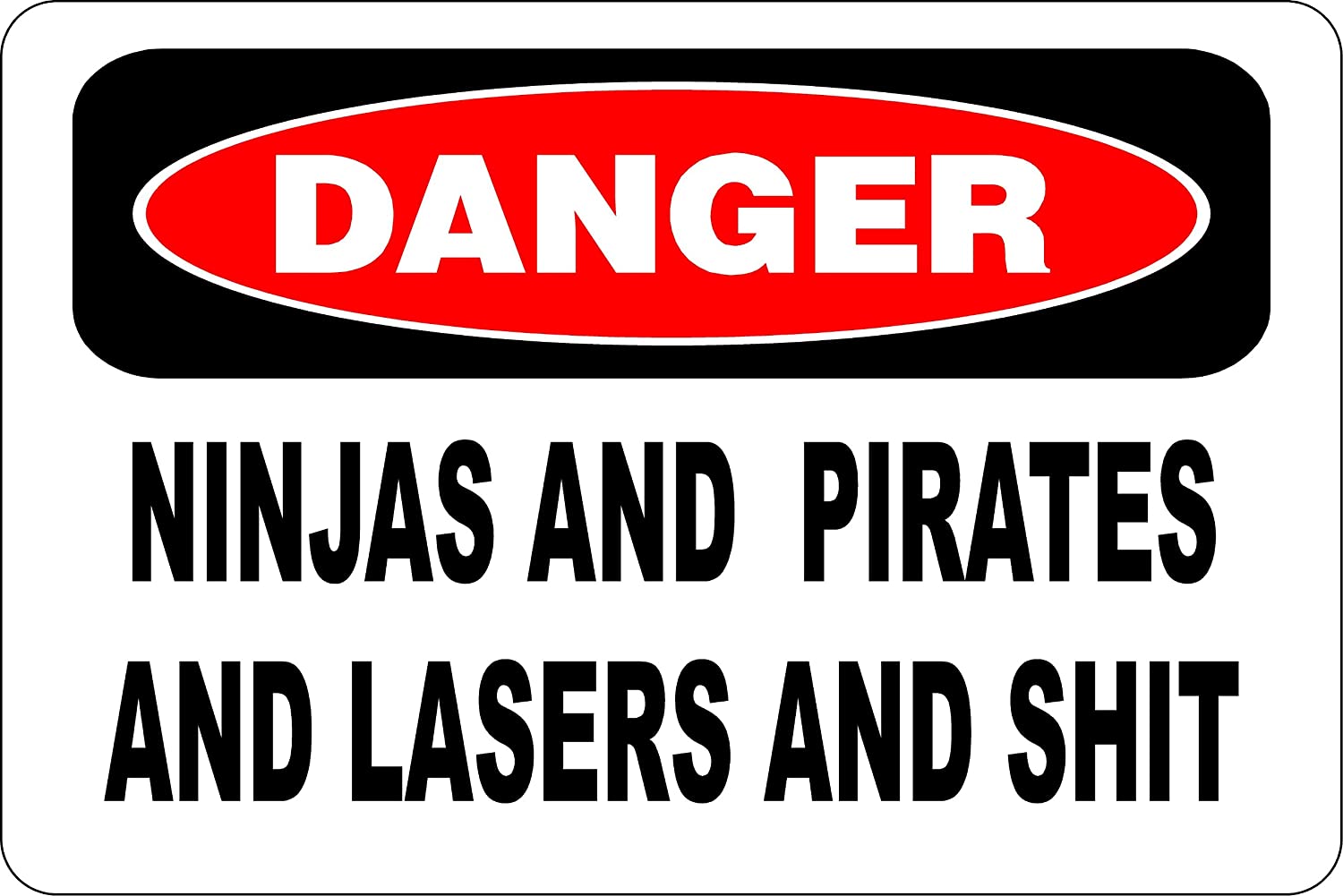If you’re working with people, it’s crucial to become aware of the biases that you have. Maybe you believe that we are rational and logical but the sad fact is that we are constantly under the influence of biases that will not only affect our decisions in life, but at work as well. They can easily interfere with your hiring process, which can lead you to hire someone who is not suitable for a job.
Simplifying hiring isn’t simple at all. It takes more than a handbook and a questionnaire to deduce properly when it comes to interacting with candidates. There are various methods and approaches that need to be combined in order to make recruiting work. However, you have to be familiar with biases that might appear in/during the recruitment process. Some studies have shown that biases can exist on a conscious and unconscious level. Whatever their true origin is, the good news is that recruiters can fight them.
- Maybe you think that you can randomly explore details you think are interesting and relevant, but that’s not the right approach.
The hiring process isn’t just a random conversation that can give you an opportunity to reveal your bias. What you need is a structured process that will help you dig deeper into candidates skills. So, here are some tips that can help you remove bias from employment screening.
Human factor: Candidates are not statistics
We should always have certain recruitment tools at our disposal. These tools are guaranteed to help recruiters and HR staff with sourcing, collecting and tracking data and resumes, and they help recruitment teams stay up to date. However, the human factor is what counts at the end of the day. We need metrics and surveys to improve our ways, but we need communication and genuine approach more.
Every recruitment team needs to develop a system that suits their needs and helps them stay in the loop with current positions, interviews, and screenings. Some people are using applicant tracking systems (ATS), but there are many loops in that process. On the other hand, there are Trello, Slack or other channels that can make this process transparent and helpful. So, choose your own way of hiring, but never forget that a candidate is a person who is more complicated than their resume.

1. Structured interview: Set your goals and make a list of questions
Each new role comes with different requirements and priorities. Before the beginning of any selection and hiring process, recruiters need a detailed strategy. That means that you should use job analysis to match skills to job tasks, define requirements, make a list of questions, determine grading scale and write feedback for each candidate. All of these steps should be carefully planned and followed. If you stay focus on candidates skills, you won’t have time to project bias. However, each step will need to be at least slightly modified and adjusted for each new candidate. That leads us to the next topic – interview shouldn’t look like a monologue.
2. Two-way conversation: Let them ask questions
As mentioned, you should have a list of questions for each job opening, but these questions should be slightly modified and adjusted for each new candidate. People sometimes forget that an interview should be a two-way conversation where they discuss important topics from a specific field. Although you’re leading the interview, you should give them an opportunity to present themselves properly.
Remember, you’re not the only one who is analyzing because candidates are forming a picture about your company as well. They will also have questions, so be open and incite them to do ask you.
3. Transparency: Always send feedback
Whether you screen candidates on a phone interview, technical interview, or after a test, you should always include feedback on the hiring process. This is important for a few reasons –
you will help candidates to see what they did wrong or right, they will have an impression that you’re professionals who care about others, and you’ll be transparent during the pre-employment screening. Moreover, you’ll have an explanation for every rejection which will help you find the candidate whose skills and experience meet your company’s requirements. That means that you’ll be sure that your decision isn’t based on bias.
4. Your knowledge: Be a lifetime learner
You have to think about your knowledge and stay up-to-date with new technologies if you want to be good at your job. The fact is that every month, a new programming language is born and every week, languages get updated. As a hiring manager, you have to follow new trends. Maybe you don’t know how to code, but you have to know basic terminology and programming in theory. As technology is evolving, we learn new things. That’s how professional IT recruitment companies do their job. If you don’t know something, you ask. IT community is strong and they are open to help other people. What it has to do with bias? Well, hiring managers sometimes feel threatened by A-level candidates who are confident about their knowledge, so they rater hire average candidates. They have unconscious bias and they are not able to see how valuable this person can be for a company. The job of a recruiter is to focus on technical skills and choose the candidate who will boost the company’s growth.
5. Negative and positive projections: Learn from mistakes
You can follow some rule when hiring, but that doesn’t mean that you won’t have a bad experience. Our own projections are difficult to spot because we don’t want to identify them. You have to be open and careful when it comes to projecting the negative picture on candidates. If you have a negative vibe from some person you have to ask yourself – am I projecting something? You don’t want to lose an A-level candidate just because you have some prejudices. The same is with a positive vibe. You might like someone because they have good social skills, but that doesn’t mean that they are skilled for a job. However, sometimes we choose candidates based on their “vibe”. The important thing is that you stop yourself on time and question your decision. Learn from your mistakes and continue hiring without bias.
Skills: Focus on tech skills, but don’t miss an opportunity to learn more about soft skills
Yes, tech skills are the most important thing when it comes to hiring, but technical screening can be an opportunity for you to learn more about someone’s soft skills as well. Simple questions about challenges in candidates career, what kind of working environment do they like, or how do they cooperate in a team can help you see the bigger picture. Also, you can see how deep is their knowledge and are they ready to discuss different technologies. This will help you see if they fit in the company’s culture and team. If you focus on both technical and “type of person in the team” requirements of the job without having a bias, you’ll be able to make a rational decision.

Bias in technical screening is real.
Dealing with bias isn’t an impossible task. You have to be aware of yourself and question your decisions at work, but that’s not so hard if you establish your hiring process. However, you have to devote yourself to solve this problem. The fact is that people sometimes unwittingly discriminate against certain candidates in favor of people who share your background, ethnicity, social class, age, or gender. The problem is that once a resume is rejected for biased reasons, that candidate is lost forever.
So, if you’re not ready to deal with this problem, the most effective way of discovering candidates with the right technical skills is by using our technical screening services. Let us help you find a perfect candidate for your company!




